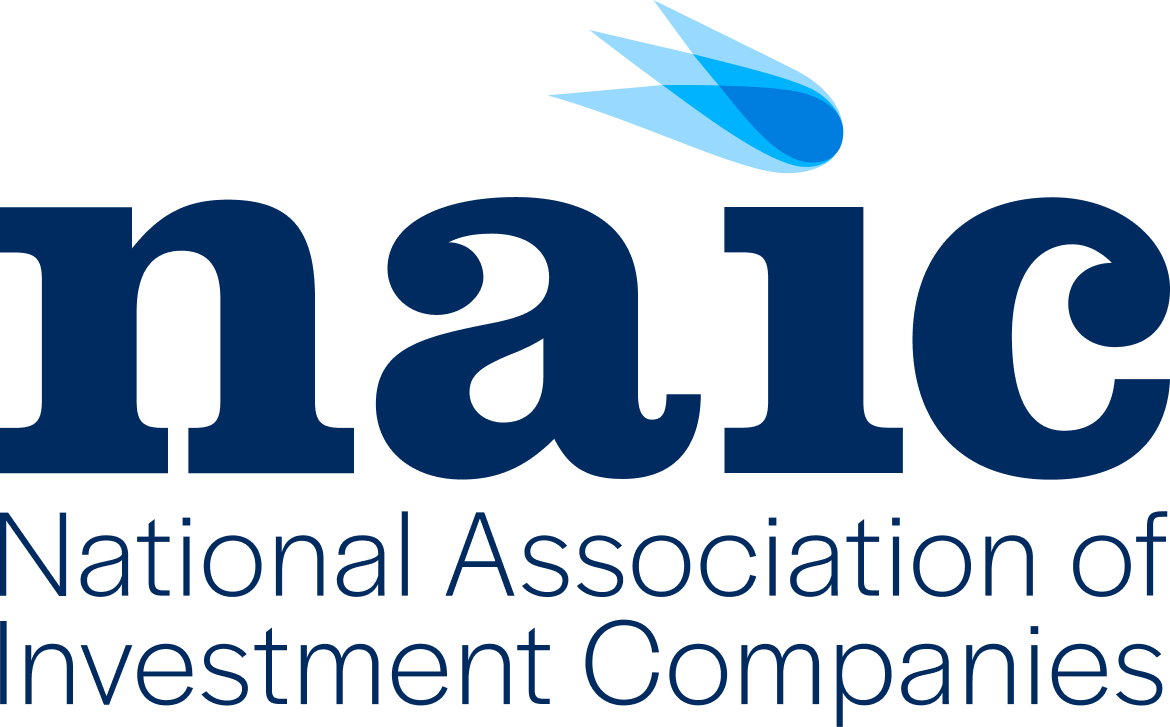
Alaina Anderson, CFA
Portfolio Manager and Global Research Analyst, William Blair Investment Management
While a degree of progress has been made in financial services with regard to diversity, there is still a long way to go before the industry can truly be called an inclusive one. In this Q&A, Alaina Anderson, CFA, Portfolio Manager and Global Research Analyst, William Blair Investment Management, shares her insights on the challenges faced by diverse industry professionals, what steps firms can take to become more inclusive and provides advice to young diverse candidates looking to get into the industry.
After earning her MBA in finance from the University of Chicago Booth School of Business, Alaina Anderson joined William Blair’s asset management group as a small-cap consumer analyst on the international equities team. She was named partner in 2012 and then became a senior research analyst and portfolio manager for the global equities team. As one of the few women of color in portfolio management roles across the industry, Alaina knows the importance of being proactive and intentional about developing diverse leaders in asset management.
Q | Why is breaking into the asset management industry such a challenge for diverse candidates?
Asset management has very low turnover, so there are relatively few spots that open up each year. Consulting and investment banking, for example, have analyst programs that need to be filled each year, but that isn’t the case in asset management. For those few spots that are open, there is a natural bias for hiring managers to gravitate toward candidates who have a similar background. There is comfort in hiring someone who looks like you or has a background that resembles yours. That is why it is important for firms to be intentional about going outside of their comfort zones and looking for people who can bring diverse perspectives. As a diverse candidate, there also are presumptions that you have to overcome. One of the companies I was interviewing with out of grad school slotted me for a client service role, whereas other candidates with similar resumes were slotted for equity research analyst positions. This was in spite of the fact that I was in the process of studying for Level 3 of the CFA exam at the time and was very clear about my desire to become an analyst.
Q | Why is accountability so important when it comes to attracting and retaining diverse candidates?
The lack of diversity in asset management becomes a self-perpetuating, vicious cycle. So, you need to take proactive steps to disrupt that cycle. That includes holding managers accountable for identifying diverse employees who have leadership potential and making sure that they have the support and resources they need to reach their potential. It also involves focusing on retention, rather than just recruitment. Finding diverse talent is relatively easy; making sure that talent feels empowered to fully contribute, however, is tough.
Q | What advice would you give to a female or diverse professional who is looking to advance in the asset management industry?
It is impossible to overstate the importance of having mentors or advocates who are willing to give you tough, honest feedback. And as a woman or a minority, that feedback can be tough to come by because your peers or superiors might be hesitant to provide that feedback because of fears about how it is going to be received Being great at the technical aspects of the job is table stakes, but to reach your full potential and get promoted, you need to understand how to navigate the unwritten dynamics of any work environment. I have been very lucky because I have always had brave “truth-tellers”in my corner at William Blair. These people recognize the challenges related to inclusion, and they were always willing to give me the advice I needed to be successful. Whether that is understanding how my body language was being interpreted or thinking about ways to convey my stock recommendations in the most compelling way possible, this feedback has been invaluable throughout my career.
Q | What are the challenges that moms face in the asset management industry?
William Blair’s culture is incredibly supportive and accommodating not just to moms, but all parents. Being part of the global equity team means that I have to travel a lot, even over the weekends. So, our team encourages us to spend time with our families and provides the flexibility that we need. When I had my first child in 2010 and my second in 2012, the transition back from maternity was challenging. I was the first female analyst to have a baby in the team’s history, so it was something that we all had to figure out and navigate together. William Blair recognized this challenge, and over the last five years, the firm has made significant strides in making it easier for moms to manage this transition period. These include extending maternity leave, creating private rooms for moms who need to pump, introducing paternity leave, and implementing other parent-friendly policies.

